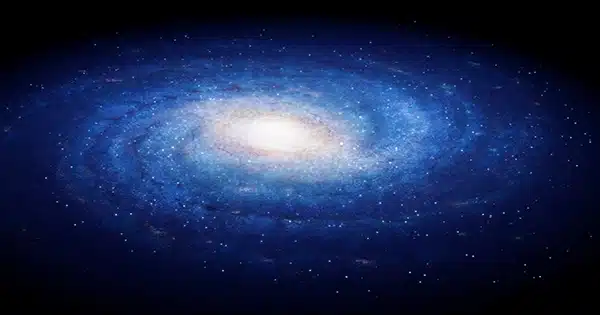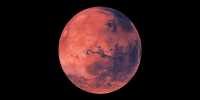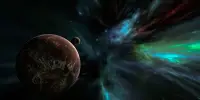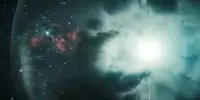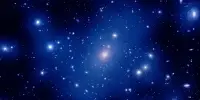The discovery of phosphorus in a cloud at the Milky Way’s edge has expanded the region of our galaxy where life could be found.
Phosphorus, along with nitrogen, carbon, hydrogen, oxygen, and sulfur, is one of the six necessary elements for life on Earth (SN: 12/16/22). Until today, it had been the only one of those elements that had been missing from our galaxy’s outermost reaches. Finding phosphorous that far out might stretch the galaxy’s habitable zone out from its center by around 22,000 light-years, according to research presented on June 8 at the American Astronomical Society meeting in Albuquerque. This, in turn, may encourage astronomers to search the Milky Way’s outskirts for planets and any life they may host.
The researchers focused two radio telescopes on a chilly, dusty gas cloud at the galaxy’s edge. The temperature in the cloud is -248° Celsius, which is only 25 degrees above absolute zero. It is around 74,000 light-years from the galactic center, nearly three times the distance between Earth and the center of the Milky Way. It also exhibits phosphorus monoxide and phosphorus mononitride signals, according to astrochemist Lilia Koelemay, who spoke at the symposium.
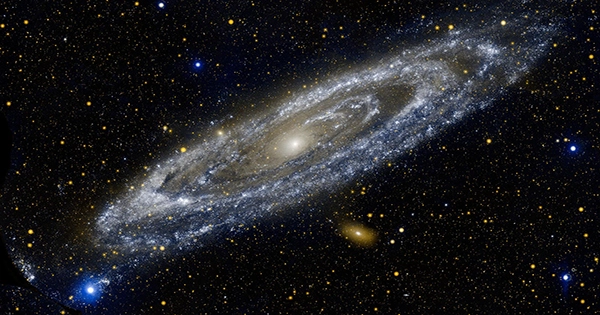
It was a long shot looking for phosphorous in that distant cloud, says astrochemist Lucy Ziurys, Koelemay’s collaborator at the University of Arizona in Tucson. Only supernovae create the element. However, because there isn’t much material in the outer Milky Way, it’s difficult to make stars large enough to terminate their lives in gigantic, element-spewing explosions (SN: 11/2/21). There is only one known supernova remnant beyond 49,000 light-years from the galaxy’s center, according to Ziurys.
One way phosphorous could have ended up in the outer galaxy is from a supernova closer to the center that triggered a “galactic fountain,” according to Ziurys. “When a supernova explodes, the material is thrown out of the galactic plane and settles near the galactic edge.” The material would be very diluted there, but “if different supernovae are going off, they’re going to keep polluting the outer galaxy,” she says.
“The detection of phosphorus-containing molecules… appears clear and compelling,” says Francesco Fontani, an astronomer from the Italian Institute of Astrophysics in Florence who was not involved in the work. He has seen some of the other necessary elements for life in the universe, but never phosphorus.
Because astronomers had not discovered the six life-essential elements so far from the galactic center, they assumed the region in the Milky Way where life could exist — known as the galactic habitable zone — extended only to the farthest supernova they’d discovered, about 52,000 light years from the galactic center. There is also a supposed inner edge about 6,500 light-years from the galaxy’s nucleus. Because of the comparatively high number of supernovas that occur there, any planets in the zone would be subjected to extreme ultraviolet and X-ray radiation, making life impossible to sustain.
“This detection, along with previous detections of organic molecules at similar large distances from the galactic center, supports the idea that the galactic habitable zone’s outer boundaries may be wider than we previously thought,” Fontani says.
Planets must exist in order for life to emerge so far from the galaxy’s center. So far, they’ve only been found quite close to the solar system, most of them within a few thousand light-years. “I don’t think we know right now whether they can form at larger galactic-central distances,” says Ziurys. She hopes that discovering the six components for life at the galaxy’s edge would drive on the search for the most distant areas where it could survive.
